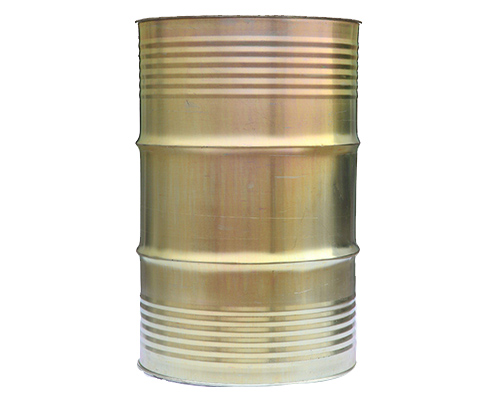
Yingkou Hengyang New Energy Chemical Co., Ltd.
Address: Xianren Island Energy and Chemical Zone, Yingkou City, Liaoning Province, via the west side of the Fourth Road
Zip code:115200
Telephone:18241754999
Fax:0417-6775999
E-mail:1313264@qq.com
Website:en.yingkouhengyang.com
The concept of methyl ethyl carbonate (MEC), as a new excellent solvent for lithium ion battery electrolyte, has attracted more and more attention in its synthesis and application. Methyl ethyl carbonate (EMC) is a high value-added chemical product which has been developed in recent years. Its English name is Ethyl Methyl Carbonate. It contains active reaction groups such as methyl, ethyl and carbonyl groups. As a fine synthesis intermediate, EMC can react with alcohols, phenols, amines and esters, and can be used in many rechargeable batteries, such as lithium metal batteries. The co-solvent of non-aqueous dielectrics can improve the performance of batteries, such as increasing energy density, discharge capacity, stability and safety. The asymmetry of the molecular structure of MEC makes it show obvious advantages as a solvent for paints, cellulose and resins. Due to its strong solubility, safety and stability, lithium salt can not only improve the energy density and discharge capacity of batteries, but also has the characteristics of long cycle life, good safety performance, no memory effect and good low-temperature performance. It has been widely used in high-end electrical appliances such as mobile phones, portable audio-visual equipment, notebook computers and so on, and is the most popular at present. Small secondary batteries with promising future. It has good prospects for development. The development trend of lithium ion batteries in China is also very rapid, and the corresponding demand for electrolyte solutions is also growing. At present, most of the electrolyte solutions used in China are imported from Germany or Japan, and the quality of electrolyte solutions provided in China can not meet the requirements. As a new type of electrolyte solvent, the advantages of methyl ethyl carbonate (MEC) have been widely known. Therefore, the production of qualified MEC and the reduction of production cost will have a very broad development prospects. ENI Company of Italy built 5 kt/a plant H in 1983 and 12 kt/a plant in Lavana, Italy, after normal operation. Japan built a 6 kt/a plant in Jilu in 1989 and expanded production in 1993. Dow Corporation (DOW) proposed the process of vapor phase oxidative carbonylation in 1988. Texaco, a 3 kt/a industrial cosmetics company built by Ube in 1989, developed a liquid phase transesterification process L5 J for co-production of DMC and ethylene glycol in 1992. According to information, the output of DMC in the United States was 3-4 KT in 1988, 15-16 KT in 1992, 25-3 Okt in 1994, and 4 Okt in 1998 when DMC entered the circulation market as a commodity. It is predicted that the demand for dimethyl carbonate in the international market is increasing day by day, and the market capacity will reach about 300 kt, which is far greater than the supply capacity of the international market. The production practices of foreign companies such as Italian Eni and Japanese Yumo Hingzao have proved that the annual output of 5 KT is the best economic scale. China's DMC industry started late with a total production capacity of about 5 kt/a. Shanghai Wusong Chemical Plant, Liaoning Fuxin Organic Chemical Plant and Jiangsu Wuxian Pesticide Plant are traditional phosgene production devices. Both Wuxian Pesticide Plant and Fuxin Organic Chemical Plant in Liaoning Province have been shut down because of their complex process and high cost. About seven units, including Hebei Tangshan Chaoyang General Chemical Plant (500 t/a), Jiangsu Taixing Oriental New Organic Materials Plant and Anhui Luyuan Chemical Group (300 t/a), produce DMC from propylene carbonate, all of which are 300-600 t/a. Hubei Qiyue Chemical Co., Ltd. (1000t/a) produces DMC from CO and HaOH by carbonyl synthesis route. The domestic consumer market has been growing year by year, rising to 15 kt in 1996. The demand for dimethyl carbonate in China will reach 35 KT by 2000.
